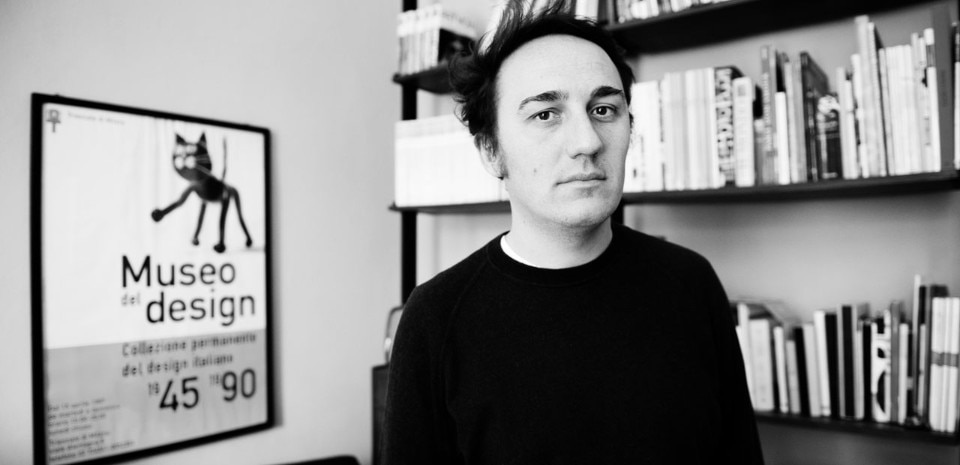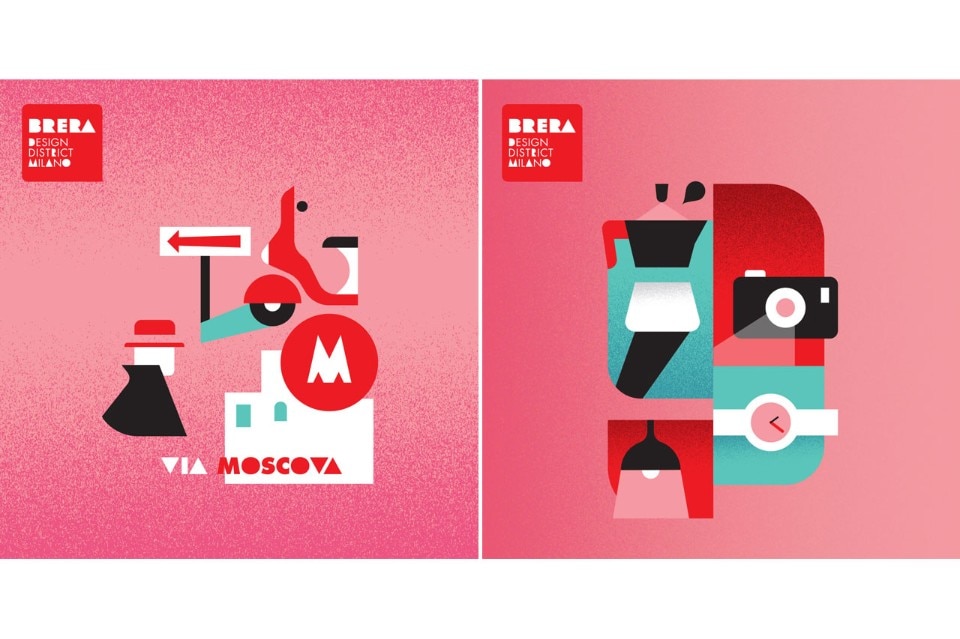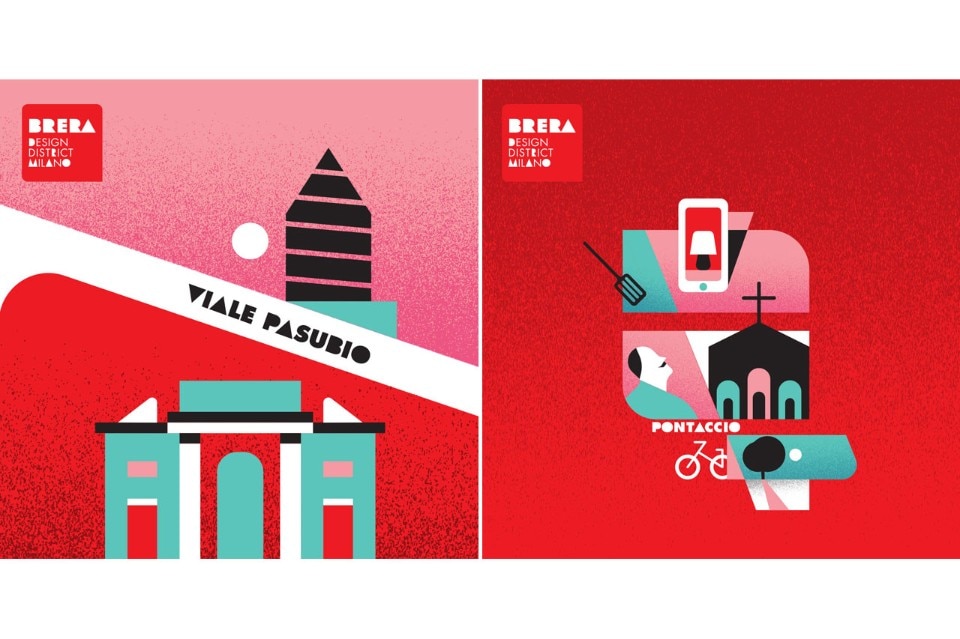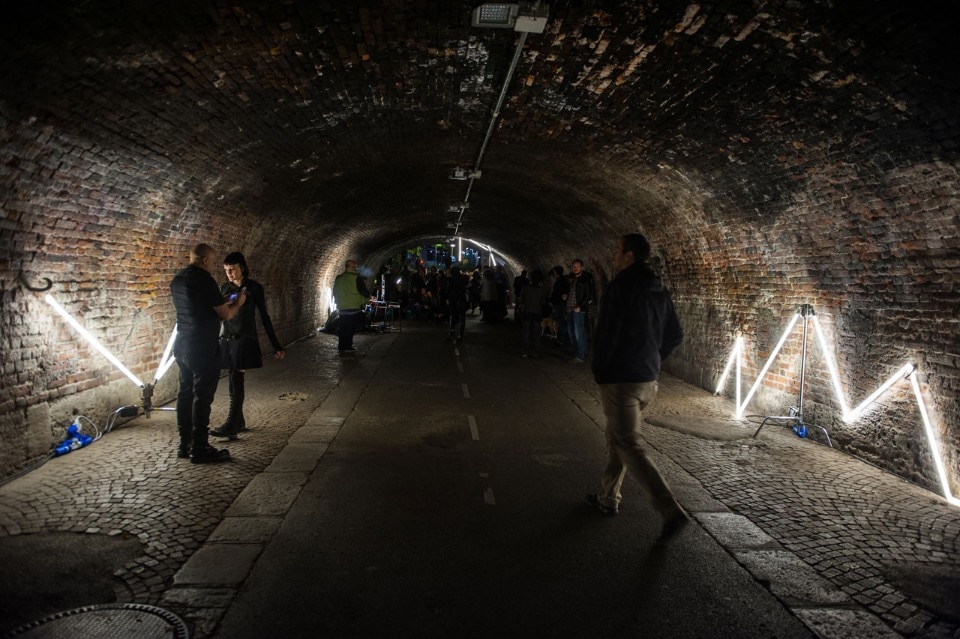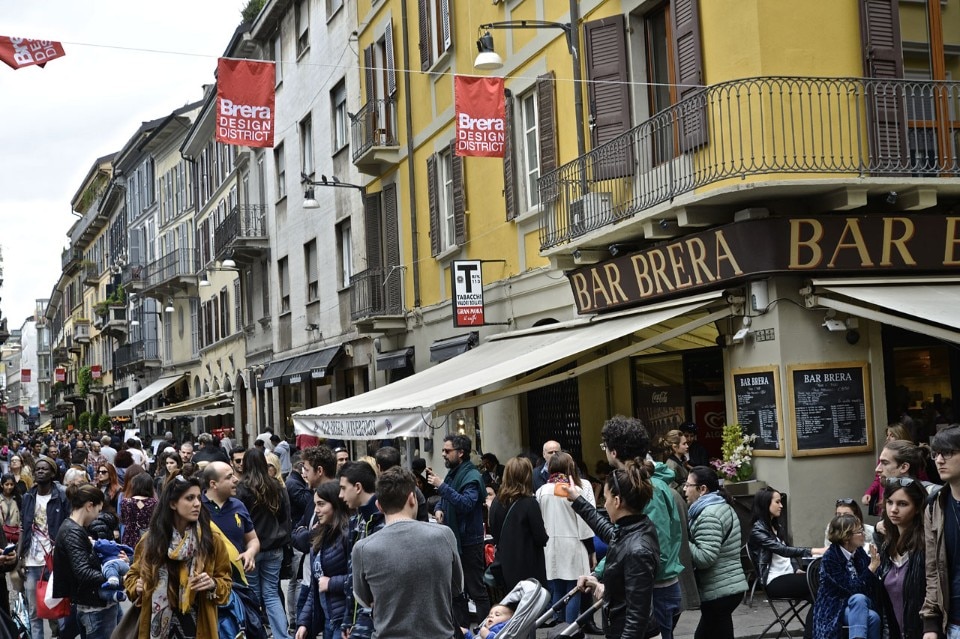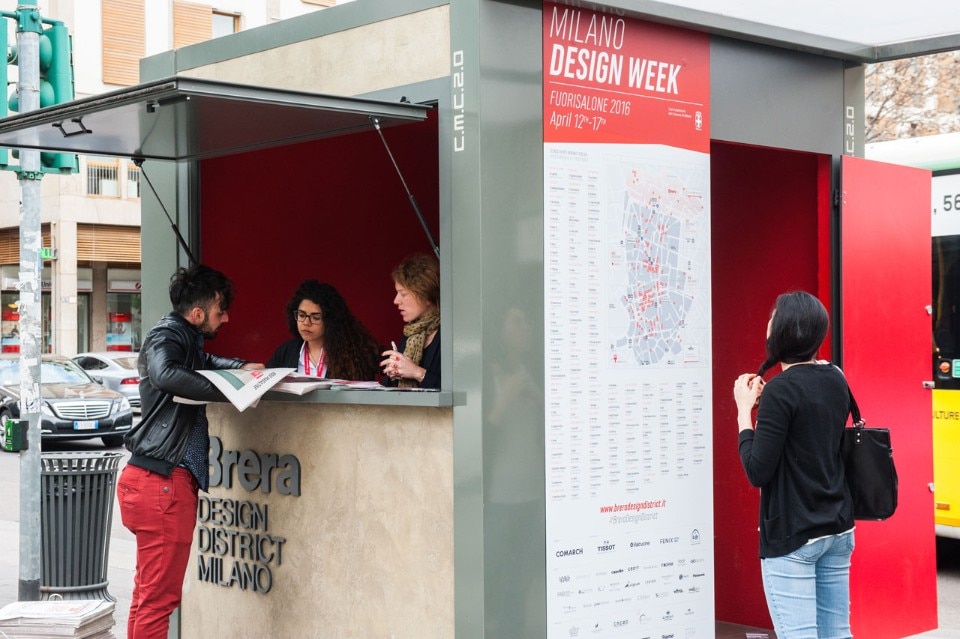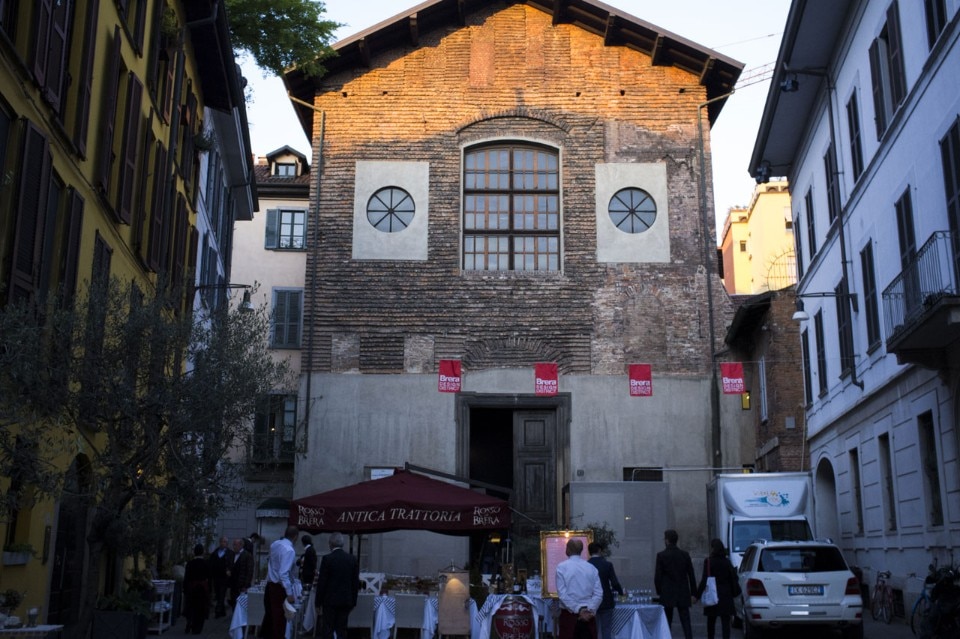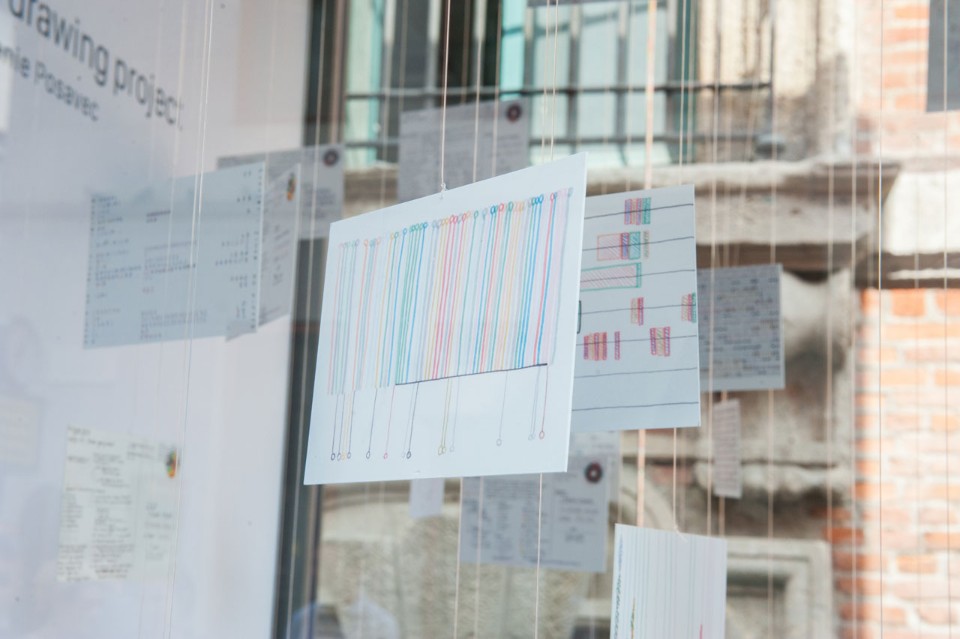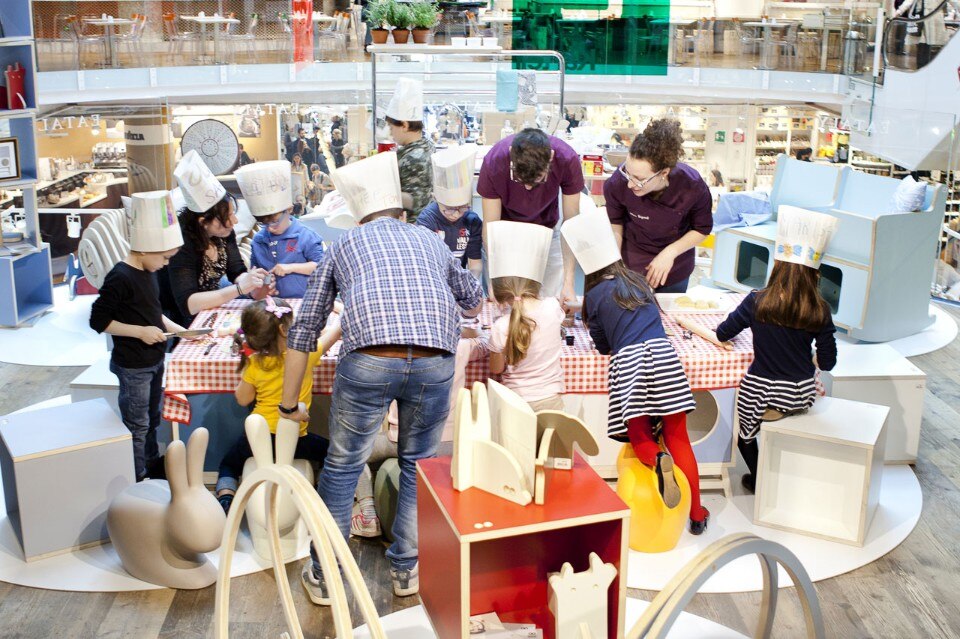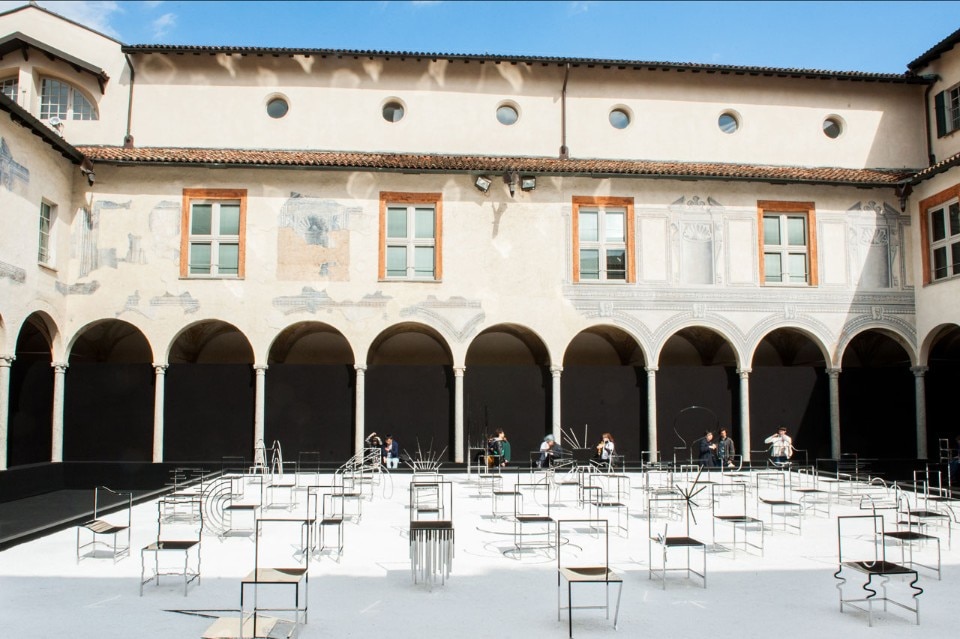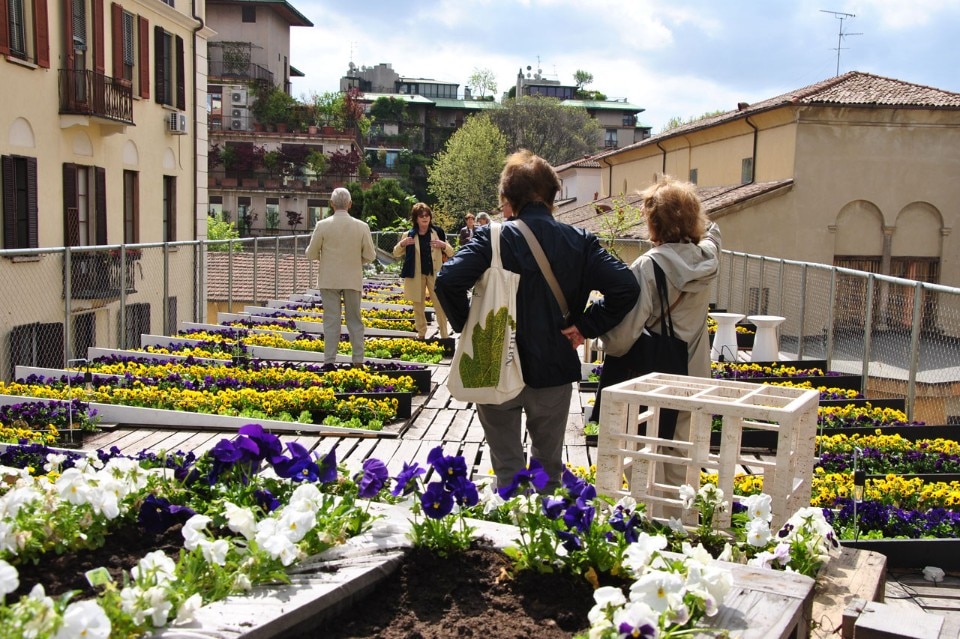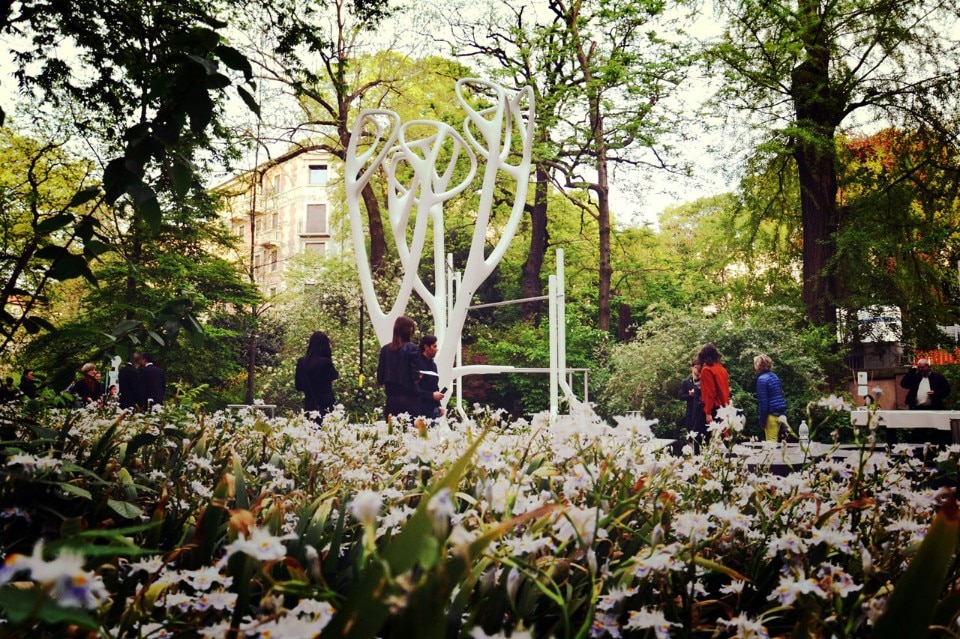The 2017 theme stems from Bruno Munari’s claim that “Designing is a game and playing is design”. It is centred on gamification, with a reflection on play as a design opportunity. Completing the offer are the “Lezioni di Design” prize and a number of themed encounters, special projects and cultural initiatives.
We asked Paolo Casati, creative director of Brera Design District for Studiolabo, to sum up the strong points and new ideas of the 2017 event.
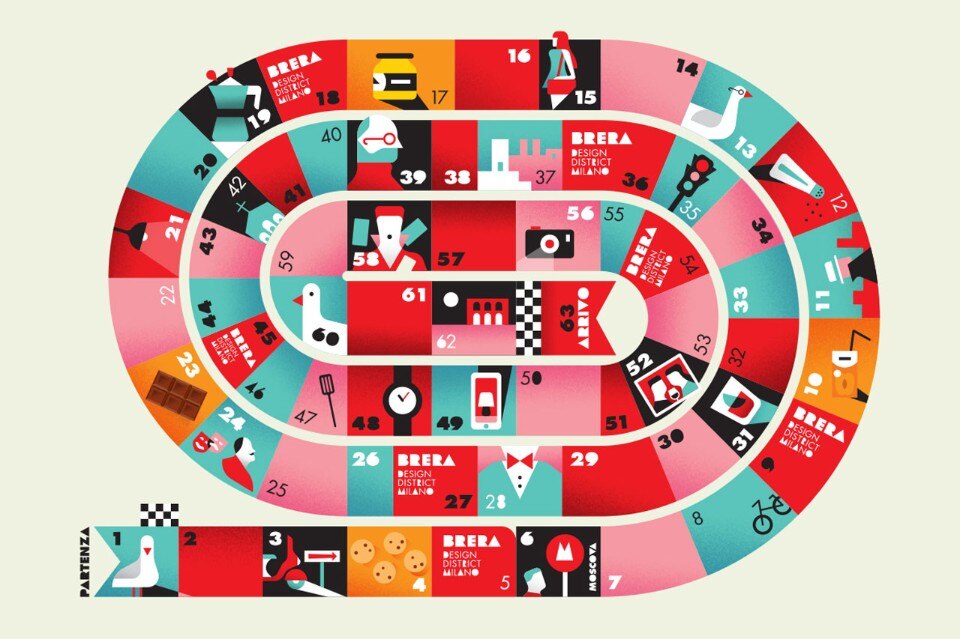
Domusweb: Let us start with some numbers: how many exhibitors (designers, brands, companies) will there be this year? How many more (or fewer) than last year? How many locations?
Paolo Casati: The aim is to maintain or increase last year’s numbers: 160 events, 295 companies and 250,000 people in the District. A month before the event, we have already reached the number of 125 registered events and we are fully expecting to increase numbers that have been constantly rising since 2010, the first year of Brera Design District.
Domusweb: Can us circumscribe the area? What are the district’s “boundaries”? What area are we talking about?
Paolo Casati: Brera Design District originally took the boundaries traced by the D.U.C. Brera (Distretto Urbano del Commercio) defined by the Council and Chamber of Commerce within a perimeter comprising three historic quarters: Brera, from which it takes its name, Moscova and Garibaldi. With the development of the Porta Nuova area, Corso Como and Piazza Gae Aulenti – and driven by several people active in that area – we decided to extend the boundaries northwards to create “Brera Extra”.
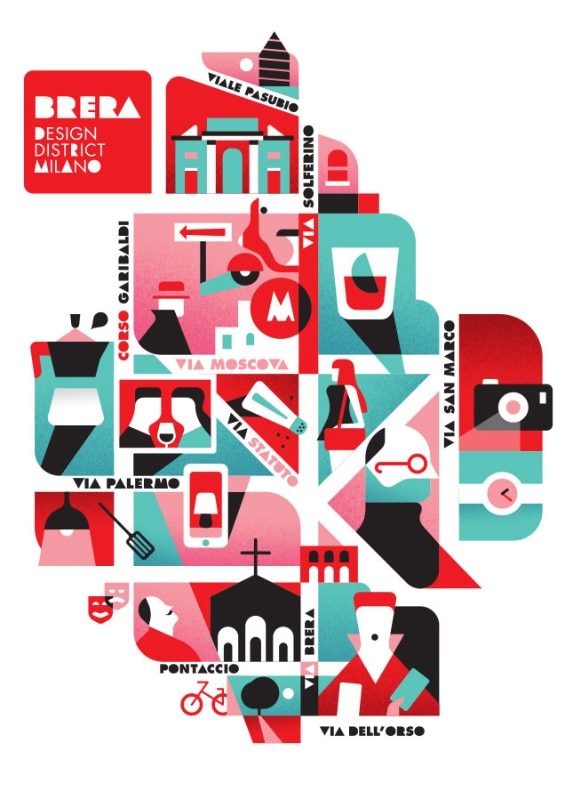
Domusweb: When did the idea of Brera Design District first appear? What were the initial idea and aims?
Paolo Casati: Brera Design District was inspired by Marco Torrani, President of the Via Solferino association who, in 2009, introduced the idea to promote the district and involved a small number of local showrooms. The following year, Torrani appointed Studiolabo to develop the project. The aim has always been the same, to develop a local marketing operation with its own communication plan to promote excellences and expand the area’s business and property, combining tradition and innovation in the scattered field of design. What have changed are the commitment and formats, which today see four coordinated projects, two local events (Fuorisalone and Design Days), a consultancy platform (Brera Real Estate) and a special project called “Brera Design Apartment” which, during the forthcoming Fuorisalone will host “The Visit”, a Studiopepe project.
Domusweb: Who is curating this year’s edition? Is there a common thread?
Paolo Casati: Brera Design District has no curators but proposes a themed format, the “Lezioni di design” prize and a number of themed encounters, special projects and cultural initiatives. It communicates via certain ambassadors, this year the architect Michele De Lucchi who, as well as having his office in Brera, is the art director of Bottega Ghianda which recently opened its first showroom in the heart of the district; then Chiara Di Pinto and Arianna Lelli Mami of Studiopepe, responsible for “The Visit” project at the “Brera Design Apartment” in Via Palermo 1. The theme for the 2017 event is “Designing is a game, playing is design”. The theme is a Bruno Munari quote and strongly references his imagery and design approach. Munari worked extensively on the concepts of play and toys. In Da cosa nasce cosa he wrote: “We should also make some educational toys for adults, to do away with preconceptions, to exercise the mind and unleash hidden energy.”
Never stop playing, not even and especially when designing. We asked ourselves what we can learn from play, both professionally and in our everyday lives. So, we developed a decalogue to show that the dynamics of play, removed from a purely playful context, can provide principles and practices applicable to the design context, from communication to services, products and marketing.
This is why the “Lezioni di Design 2017” prize goes to Fabio Viola, constantly among the world’s top ten gamification designers. He coordinates the course of advance Gamification and Engagement Designer course at IED Milano and has written the books Gamification – I Videogiochi nella vita quotidiana and Coinvolgimi (out soon, Hoepli).
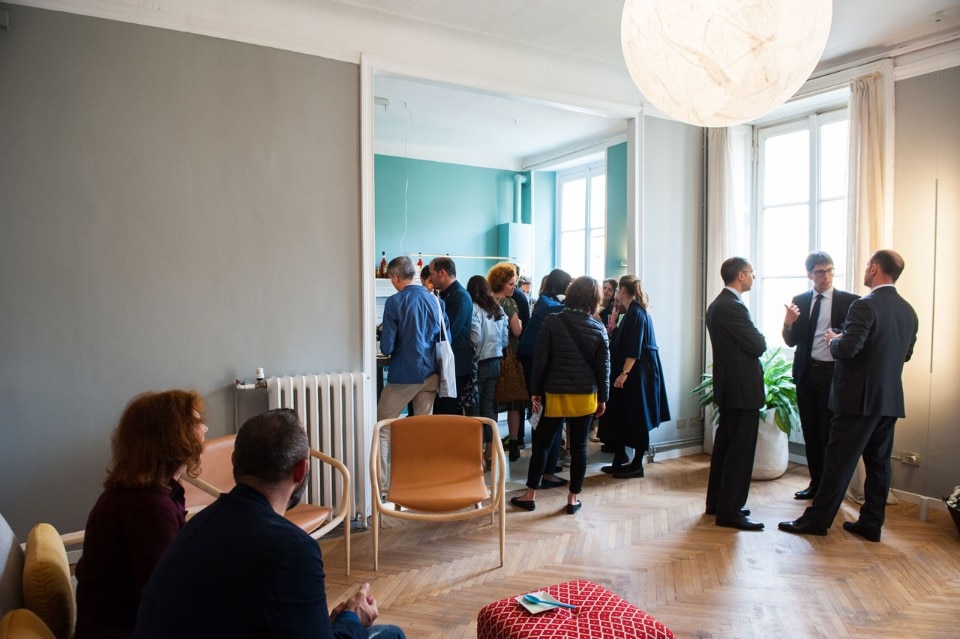
Domusweb: What are this year’s strong points? The unmissable events and new locations?
Paolo Casati: This year’s strong points are certainly the international names and brands in the district with events and installations supplementing the nearly 100 permanent showrooms, something unique worldwide given the size of the area. Design but not just that. Fashion names are increasingly linked to our world and there are art installations and places open only for Design Week such as the Gallerie d’Italia courtyard, open from 7.30 pm to 11.30 pm with Poesie di Neon, a light installation by Luca Trazzi; and the Liceo Parini school with the project Intersezioni formulated by Lorenzo Longo’s design studio De-Signum with Barbara Negretti; the L’architettura in una finestra installation in Piazzetta Brera, a project by Gambardellarchitetti; works by Gaetano Pesce with the installation Frammenti, Maestà Tradita in Via Brera and Via Fiori Chiari; and an exhibition at the Foundation and Ordine degli Architetti PPC della Provincia di Milano in Via Solferino, devoted to Aldo Rossi and his relationship with Milan entitled “Aldo Rossi e Milano 1955-1995”, an anthology of projects imagined, designed and constructed in Milan.
Nor must we forget the Pinacoteca and Accademia of Brera, Orto Botanico, Palazzo Cusani, Palazzo Clerici, San Carpoforo, the cloisters of San Sempliciano and the Mediateca Santa Teresa in Via Moscova, some of the loveliest and most important locations in Milan and protagonists of the Fuorisalone with installations and events open to the public.
Domusweb: What is the identikit of the “salon-loving” public always to be found in this area?
Paolo Casati: Certainly, that of industry insiders, architects, designers, the international press and buyers, people who operate in the design and architecture worlds although I would also say that those working in lifestyle, a mix of fashion, art and communication, devote at least one whole day to the Brera district. So, we can say an informed and interested public which is what the companies and designers who choose Brera are looking for because it is a major investment for all of them that must be rewarded by the type of target reached and not just by footfall.
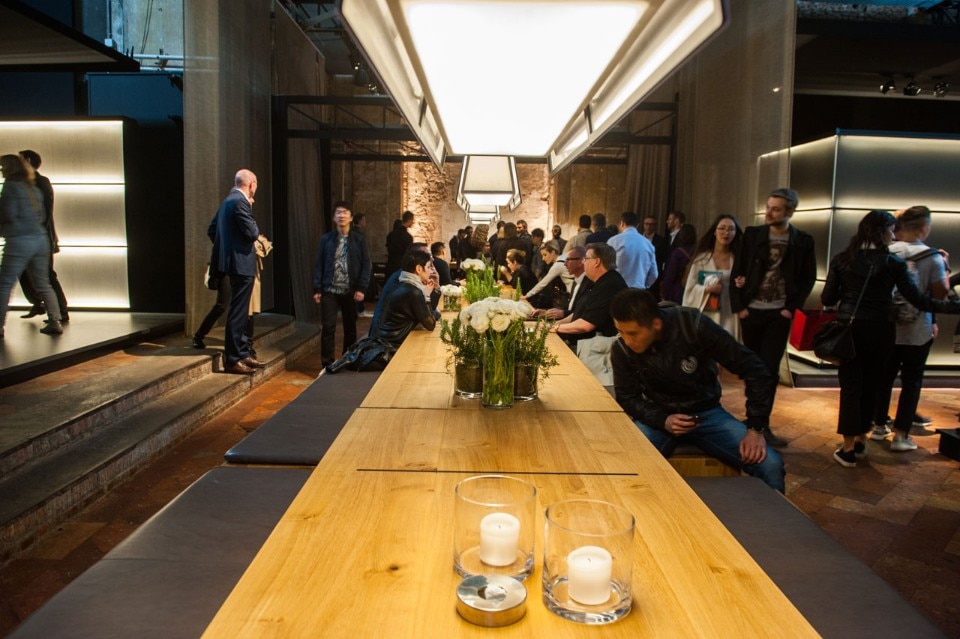
Domusweb: What is the campaign design? Who is it by?
Paolo Casati: The illustrated graphic image is by Stefano Marra, a young graphic designer and illustrator who has produced a district map, the Gioco dell’Oca game and a number of iconic local characters and locations. Every year, we entrust the campaign image design to an illustrator and this year we chose Stefano for his style, which is consistent with the chosen theme and image we wanted to convey.
Domusweb: Any suggestions for our readers on how to best survive the Fuorisalone?
Paolo Casati: In 2006, with Fuorisalone.it, another project conceived and produced by Studiolabo, we launched a creative contest entitled “Surviving Fuorisalone: kit di sopravvivenza al Fuorisalone” with a request to creatively render a project, idea or service that would assist the visitor experience of this complex event.
With more than 1,000 city events over six days, it takes methodical and demanding organisation; it is a journey in a city that even for the locals takes on a different form in the rapports with spaces and places.
Technology is certainly a help and we try to best support visitors who should include in their kit: the Fuorisalone.it website for planning their days and for in-depth content; the special app for their events agenda; and the paper map and guide to Brera Design District to gain their bearings.
As well as this, there are some key rules: move around on bicycles, mopeds or the Metro; dress in layers and ready for anything, from torrential rain to the heat and from a cocktail hour in a historic building to a deckchair in an industrial loft, comfortable shoes, a power bank for Smartphones and a camera. Plus, some stretching first thing in the morning and before going to bed at night because it is a week when you will get through many kilometres (and cocktails).
4 – 9 April 2017
Brera Design District 2017
Fuorisalone, Milan


